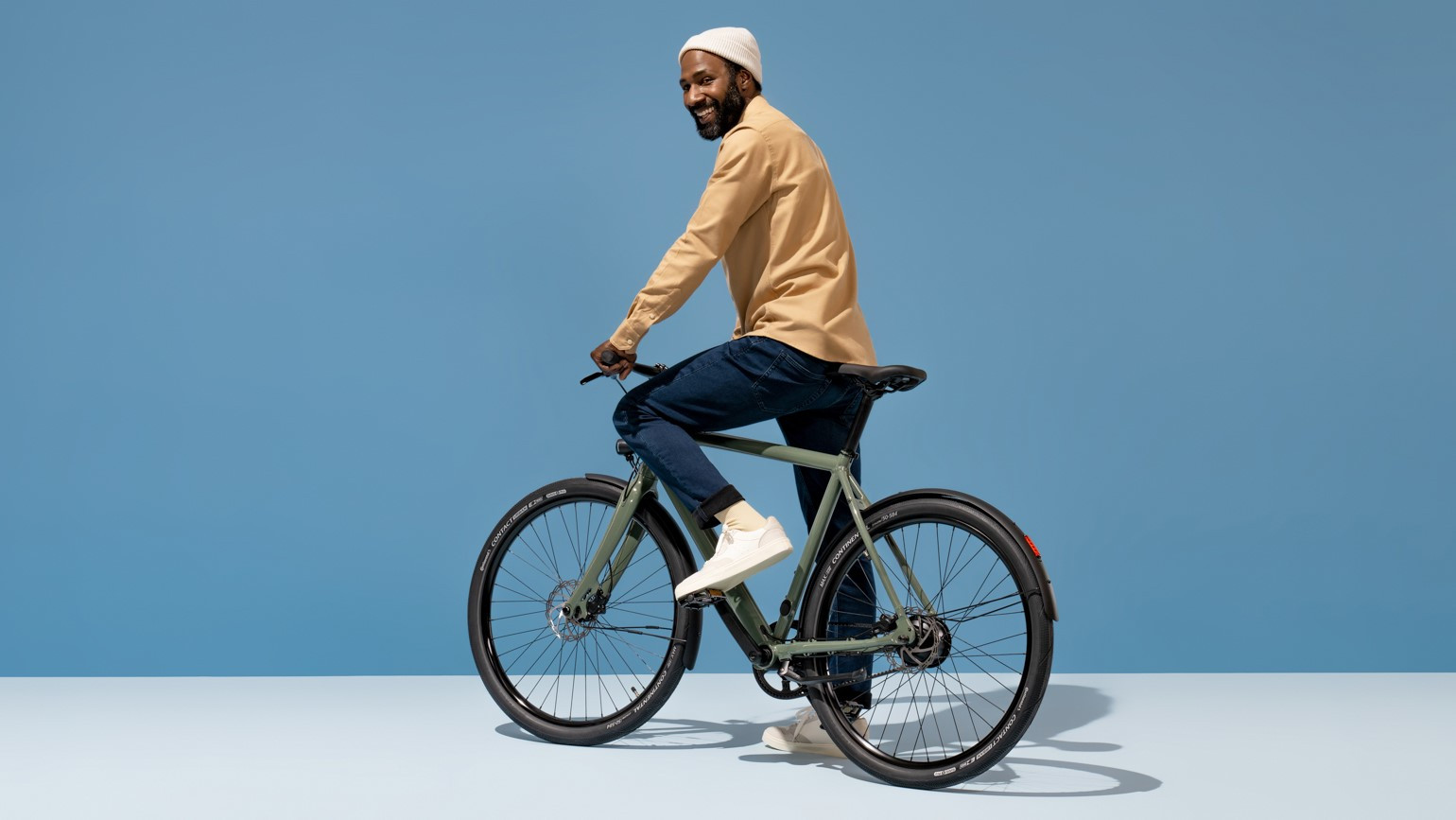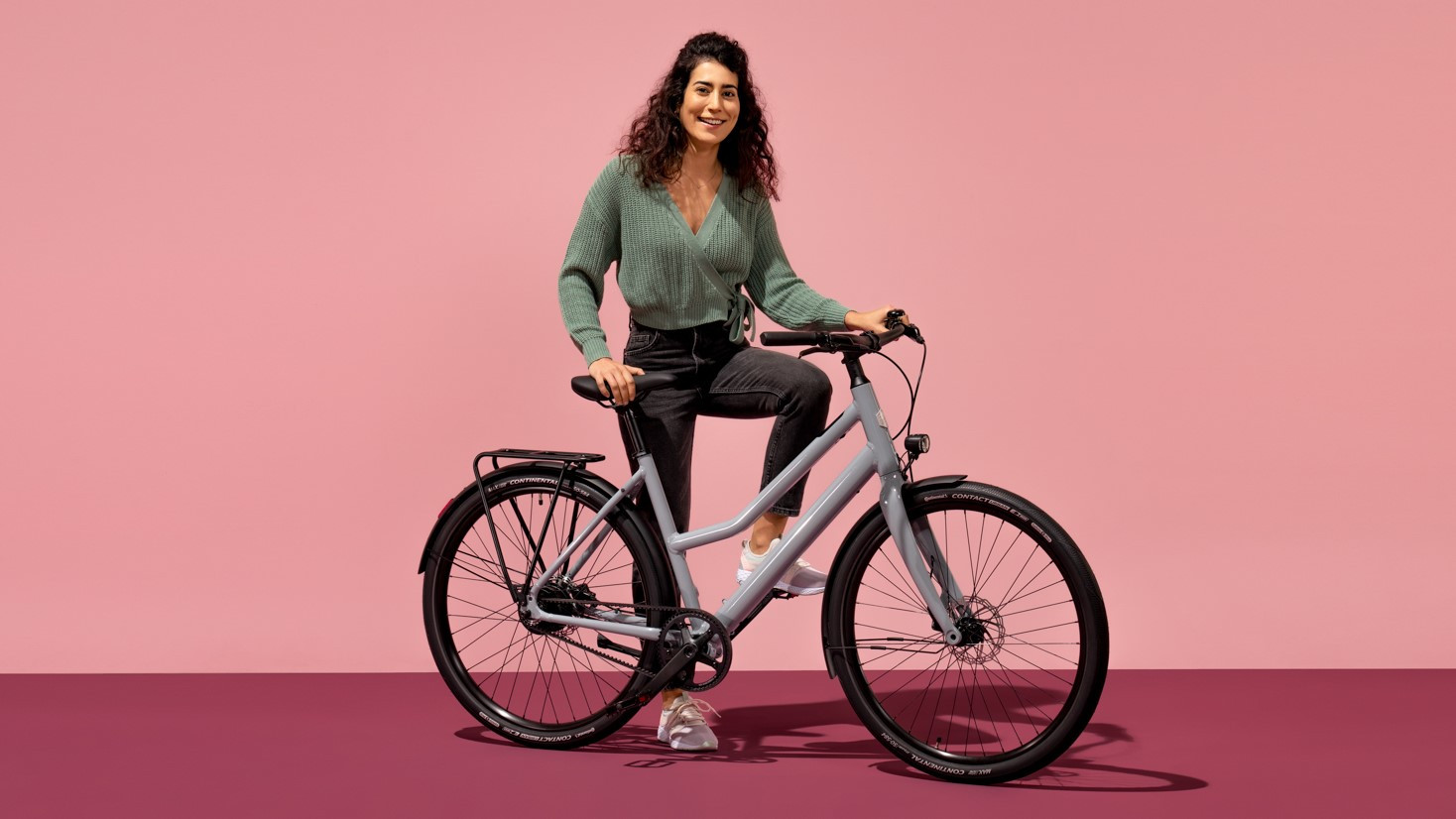These new city e-bikes are incredibly light, and won't break the bank

Estonian bike builder Ampler, known for building chic e-bikes like the Ampler Curt, has released a pair of new city riders that are feather-light and cost a lot less than you might expect.
Electric bikes are extremely convenient for city riding, making hills feel as effortless as flats and allowing you to make your daily commute without breaking a sweat, but they have a notorious weight problem. The latest e-bike drive systems like the Bosch smart system feature lightweight components and compact batteries, but many of the best e-bikes still tip the scales at 20kg or more, making them difficult to carry and store.
The new Ampler Juna and Axel are different, weighing 16.3 - 16.5kg including fenders, lights, and a kickstand. They're not the absolute lightest production e-bikes around (that honor probably goes to the HPS Domestique at a mere 8.5kg), but they're very svelte for their price tag. The bikes are both available now direct from Ampler for £2,490 (about $3,300 / AU$4,500) - around the same as the 18.9kg - 19.2kg Cowboy 4 .
Hidden power
Like many new e-bikes, the Ampler Juna has a low step-through frame that's good news for anyone with limited mobility, or who wants to cycle comfortably in regular street clothes. Its upright riding position provides good visibility in traffic. The Ampler Axel, meanwhile, has a step-over frame, sportier riding position, and more responsive handling.
Both bikes have fully internally routed cables, plus super compact batteries integrated into the downtube. Most e-bikes with this design have conspicuously bulky frames, but the Juna and Axel could easily pass as conventional commuters. The power buttons of both bikes are positioned under the top tube – easy to reach, but hidden from view.

Even the ride computer/display unit is fully integrated, housed within the top tube rather than sticking conspicuously from the handlebars where it could attract unwanted attention when the bike is locked up in public. Both bikes have brake lights to help keep you safer on busy roads, and extra-bright front lights for increased visibility at night and in poor weather.
Like Cowboy, Ampler also has a mobile app that allows you to lock your bike remotely to prevent unauthorized use of its motor, get insights into your ride data, and fine-tune its power settings to suit you. You can also install over-the-air firmware updates, so there's no need to take your bike to a workshop for upgrades.
Sign up for breaking news, reviews, opinion, top tech deals, and more.
Like all e-bikes built for use in the European Union, they max out at 25kmph with battery assistance, but have impressive range, able to roll for up to 100km with power assistance in ideal conditions. We're hoping to test both bikes ourselves, and bring you full reviews soon.
Opinion: weight matters
E-bikes feel light as a feather with the motor engaged, breezing up hills as though they weighed nothing, but when it's time to carry or store them, it's a very different story. I've had real difficulty hefting some of the e-bikes I've tested for TechRadar upstairs to my apartment, or onto public transport.
One particular bike had such a heavy integrated battery, I simply couldn't lift it high enough to stash in the bike rack on a train – even when a fellow passenger pitched in to help.
Electric bikes are great for accessibility, opening up the streets to people who would normally avoid cycling, but only if weight is limited. Thankfully, developments in battery and motor technology mean weights are coming down, even for mid-range and budget bikes, and that's good news for everyone.

Cat is TechRadar's Homes Editor specializing in kitchen appliances and smart home technology. She's been a tech journalist for 15 years, having worked on print magazines including PC Plus and PC Format, and is a Speciality Coffee Association (SCA) certified barista. Whether you want to invest in some smart lights or pick up a new espresso machine, she's the right person to help.